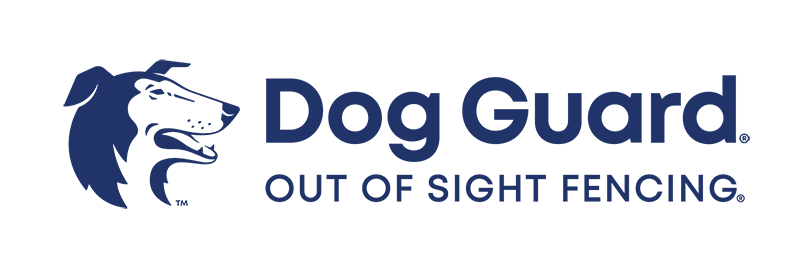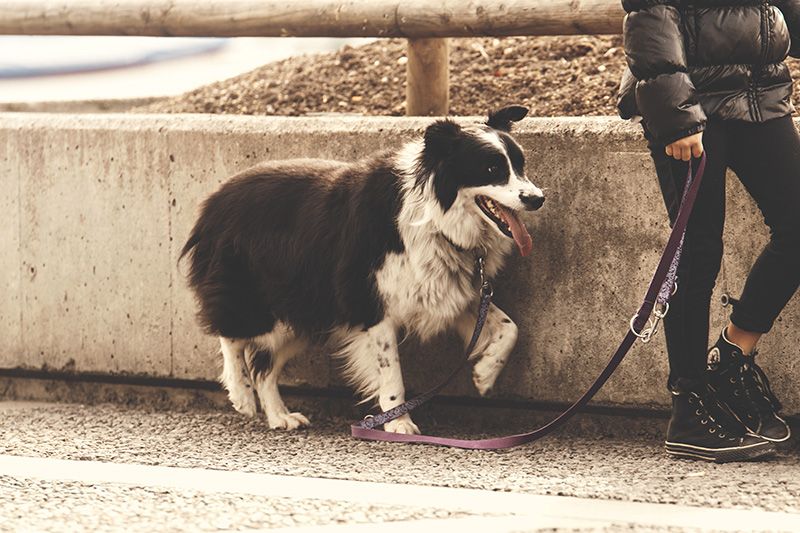
We offer 5% off installation for Seniors, First Responders and Military-Veterans.
Dog Guard of Central Ohio Serving the greater Columbus Ohio area.

March 21, 2018
So you got a pet, a new addition to your family, and now the fun begins with training. Training the new member to be potty trained is always our biggest worry when we bring our new addition home but how about Leash training?
Leash training is equally as important because in reality, they go hand in hand. It is very difficult to go backwards for a more mature dog and try to leash train them, so training them as a puppy on a leash is extremely beneficial and causes limited frustration for you and your pet.
To begin training your puppy on a leash (same for older pet) you need to get them use to having a collar on. So put a collar on your pet that has a leash ring on it. You do not need to put this collar on super tight just a little loose so they can get used to having this new object around their neck.
Leave the collar on for a week. Now we are ready to move on with adding the leash. To get your pet used to having the leash on, attach the leash to their collar and let them get used to that addition over a few days.
Introduce your puppy to a sound cue that means “food is coming.” Such as a “treat.” While he’s on his way to you, still wearing the leash and collar, back up a few paces and then reward them when they get to you.
Continue the progression until your puppy, upon hearing the “treat,” comes to you and walks with you a few paces.
Now that your puppy understands how to come to you, practice walking a few steps in a room with little distraction. Feeling and seeing the leash around him will be enough of a challenge. Offer treats and praise as your puppy gets used to coming to you.
Now we are ready to try to walk with the leash outside.
If Your pet pulls: If your dog starts pulling in the other direction, turn yourself into “a tree.” Stand very still and refuse to move until your dog comes back to you.
If he lunges: If your dog is going after something while on a walk, create space between you and the target. This type of behavior is more common in herding breeds, which like to chase.
If he barks: Some dogs have the habit of barking at other dogs while on a walk. Oftentimes, this behavior comes as a result of lack of exercise. Make sure your dog gets the proper amount of mental and physical stimulation for his breed. If this is still a problem, use the same process as you would if your dog is lunging.
Enjoy your pet and make this a fun activity.
Interested in learning more? Get a fast quote with no on-site visit needed!
Get a Free Quote